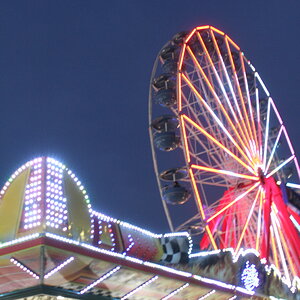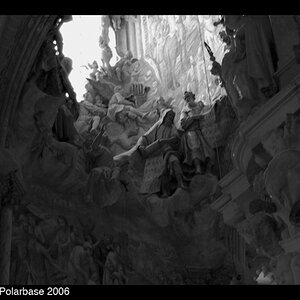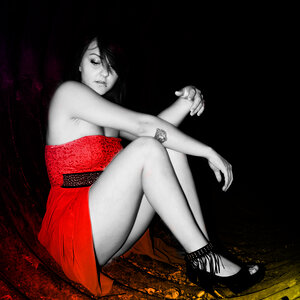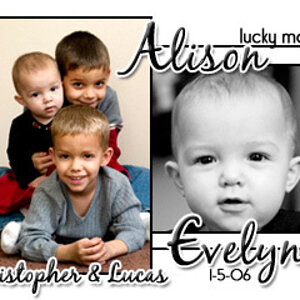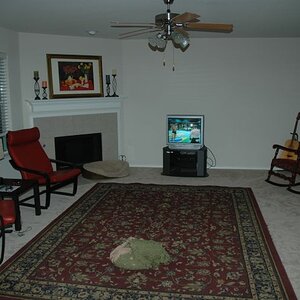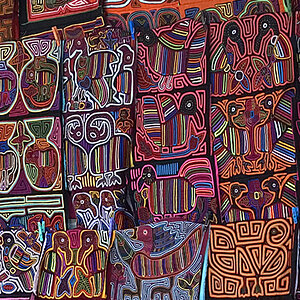Vautrin
No longer a newbie, moving up!
- Joined
- Jun 26, 2008
- Messages
- 927
- Reaction score
- 58
- Location
- It changes
- Website
- www.withoutamapphotography.com
- Can others edit my Photos
- Photos OK to edit
Hi,
So I picked up a roll of Rollei Retro Orthographic 25 just to play with and see what kind of pictures it shoots.
I've had some trouble getting it developed:
First the lab wanted to know if i shot "continous tone" or letter images
Then the lab wanted more money to develop because ortho films require a special process
Lastly the woman from the lab mentioned the negatives didn't look like any she'd seen before, and she was mailing them back today
Anybody know what I got myself into?
What is continuous tone and what is letter?
Any tips on shooting orthographic film?
Sometimes I buy strange films just to see how I shoot, so I'm comfortable if the pictures turn out terrible. But I'm more curious as to how I can shoot this type of film and get interesting results...
And it's still two or three days before I'll actually receive my negatives so I'm dying to see the result.... =)
Thanks,
Dan
So I picked up a roll of Rollei Retro Orthographic 25 just to play with and see what kind of pictures it shoots.
I've had some trouble getting it developed:
First the lab wanted to know if i shot "continous tone" or letter images
Then the lab wanted more money to develop because ortho films require a special process
Lastly the woman from the lab mentioned the negatives didn't look like any she'd seen before, and she was mailing them back today
Anybody know what I got myself into?
What is continuous tone and what is letter?
Any tips on shooting orthographic film?
Sometimes I buy strange films just to see how I shoot, so I'm comfortable if the pictures turn out terrible. But I'm more curious as to how I can shoot this type of film and get interesting results...
And it's still two or three days before I'll actually receive my negatives so I'm dying to see the result.... =)
Thanks,
Dan


